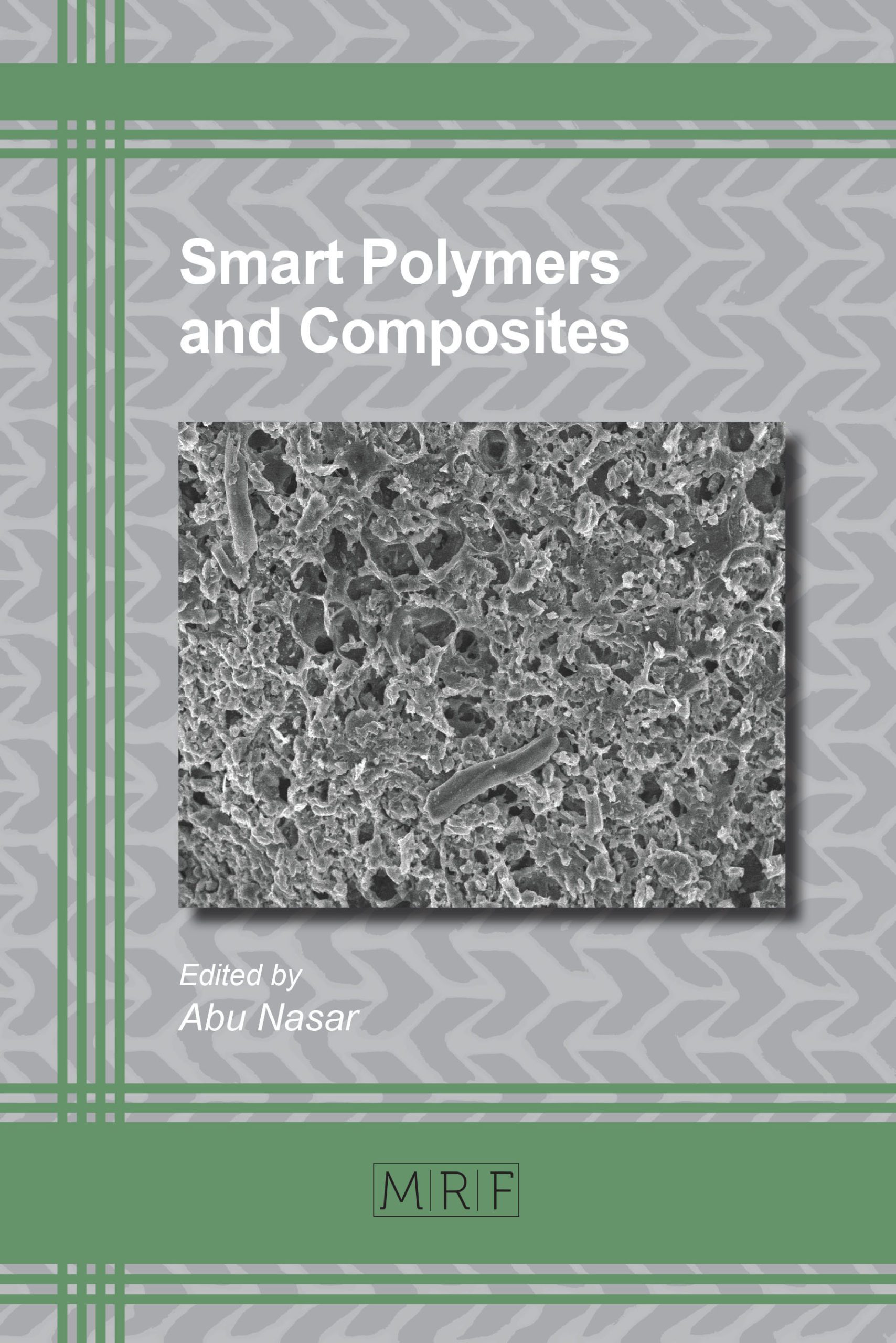Exploring a Green Bio-Nanocomposite for the Removal of Crystal Violet Dye
Anam Mirza, Rais Ahmad
In the present chapter alginate/activated carbon bio-nanocomposite was evaluated for the removal of crystal violet dye from aqueous solution. The bio-nanocomposite was characterized by SEM, EDX and TEM analysis. In batch adsorption experiments effects of various parameters such as pH, contact time, concentration and temperature were performed in order to evaluate the adsorption process. The adsorption was best described at pH 7.2, contact time 300 min and temperature 293 K. The experimental data were evaluated for isotherm and kinetic studies. Langmuir and Pseudo-second order models were found to be the best-fitted model. Therefore, the present bio-nanocomposite was found to be an excellent adsorbent for the removal of toxic dye from wastewater.
Keywords
Adsorption, Removal, Dye, Bionanocomposite, Adsorbent
Published online 1/2/2018, 15 pages
DOI: http://dx.doi.org/10.21741/9781945291470-7
Part of Smart Polymers and Composites
References
[1] H.J. Kumari, P. Krishnamoorthy, T.K. Arumugam, S. Radhakrishnan, D. Vasudevan, An efficient removal of crystal violet dye from waste water by adsorption onto TLAC/Chitosan composite: A novel low cost adsorbent, Int. J. Biol. Macromol. 96 (2017) 324-333. https://doi.org/10.1016/j.ijbiomac.2016.11.077
[2] Qamruzzaman, A. Nasar, Degradation of acephate by colloidal manganese dioxide in the absence and presence of surfactants, Desal. Water Treatm. 55 (2015) 2155-2164. https://doi.org/10.1080/19443994.2014.937752
[3] Qamruzzaman, A. Nasar, Degradation of tricyclazole by colloidal manganese dioxide in the absence and presence of surfactants, J. Ind. Eng. Chem. 20 (2014) 897-902. https://doi.org/10.1016/j.jiec.2013.06.020
[4] G.K. Sarma, S.S. Gupta, K.G. Bhattacharyya, Adsorption of crystal violet on raw and acid-treated montmorillonite, k10, in aqueous suspension, J. Environm. Managem. 171 (2016) 1-10. https://doi.org/10.1016/j.jenvman.2016.01.038
[5] A. Nasar, S. Shakoor, Remediation of dyes from industrial wastewater using low-cost adsorbents. In “Applications of Adsorption and Ion Exchange Chromatography in Waste Water Treatment” Inamuddin, Al-Ahmed A (eds), Materials Research Foundations, Vol. 15 (2017) 1-33. http://dx.doi.org/10.21741/9781945291333-1
[6] R. Ahmad, A. Mirza, Green synthesis of Xanthan gum/Methionine-bentonite nanocomposite for sequestering toxic anionic dye, Surf. Interf. 8 (2017) 65-72. https://doi.org/10.1016/j.surfin.2017.05.001
[7] M. Gholami, M.T. Vardini, G.R. Mahdavinia, Investigation of the effect of magnetic particles on the crystal violet adsorption onto a novel nanocomposite based on k-carrageenan-g-poly(methacrylic acid), Carbohydr. Ploym. 136 (2016) 772-781. https://doi.org/10.1016/j.carbpol.2015.09.044
[8] S. Gokila, T. Gomathi, P.N. Sudha, S. Anil, Removal of the heavy metal ion chromium (VI) using chitosan and alginate nanocomposites, Int. J. Biol. Macromol. (2017), http://dx.doi.org/10.1016/j.ijbiomac.2017.05.117. https://doi.org/10.1016/j.ijbiomac.2017.05.117
[9] R. Ahmad, A. Mirza, Sequestration of heavy metal ions by Methionine modified bentonite/ Alginate (Meth-bent/Alg): A bionanocomposite, Groundwater Sustain. Developm. 1 (2015) 50-58. https://doi.org/10.1016/j.gsd.2015.11.003
[10] R. Ahmad, A. Mirza, Adsorption of Pb (II) and Cu (II) by Alginate-Au-Mica bionanocomposite: Kinetic, isotherm and thermodynamic studies, Process Safety Environm. Protect. 109 (2017) 1-10. https://doi.org/10.1016/j.psep.2017.03.020
[11] S. Shakoor, A. Nasar, Removal of methylene blue dye from artificially contaminated water using citrus limetta peel waste as a very low cost adsorbent, J. Taiwan Inst. Chem. Eng. 66 (2016), 154–163. https://doi.org/10.1016/j.jtice.2016.06.009
[12] S. Shakoor, A. Nasar, Adsorptive treatment of hazardous methylene blue dye from artificially contaminated water using cucumis sativus peel waste as a low-cost adsorbent, Groundwater Sustain. Develop., 5 (2017) 152–159. https://doi.org/10.1016/j.gsd.2017.06.005
[13] E. Asuquo, A. Martin, P. Nzerem, F. Siperstein, X. Fan, Adsorption of Cd (II) and Pb(II) ions from aqueous solutions using mesoporous activated carbon adsorbent: Equilibrium, kinetics and characterization studies, J. Environm. Chem. Eng. 5 (2017) 679-698. https://doi.org/10.1016/j.jece.2016.12.043
[14] Y. Niu, K. Li, D. Ying, Y. Wang, J. Jia, Novel recyclable adsorbent for the removal of copper(II) and lead(II) from aqueous solution, Biores. Technol. 229 (2017) 63-68. https://doi.org/10.1016/j.biortech.2017.01.007
[15] R. Ahmad, A. Mirza, Heavy metal remediation by Dextrin-oxalic acid/cetyltrimethyl ammonium bromide (CTAB)-Montmorillonite (MMT) nanocomposite, Groundwater Sustain. Developm. 4 (2017) 57-65. https://doi.org/10.1016/j.gsd.2017.01.001
[16] R. Ahmad, A. Mirza, Inulin-folic acid/bentonite: A novel nanocomposite for confiscation of Cu (II) from synthetic and industrial wastewater, J. Mol. Liquids 241 (2017) 489-499. https://doi.org/10.1016/j.molliq.2017.05.125
[17] H. Mittal, S.B. Mishra, Gum ghatti and Fe3O4 magnetic nanoparticles based nanocomposites for the effective adsorption of rhodamine B, Carbohydr. Polym. 101 (2014) 1255-1264. https://doi.org/10.1016/j.carbpol.2013.09.045
































